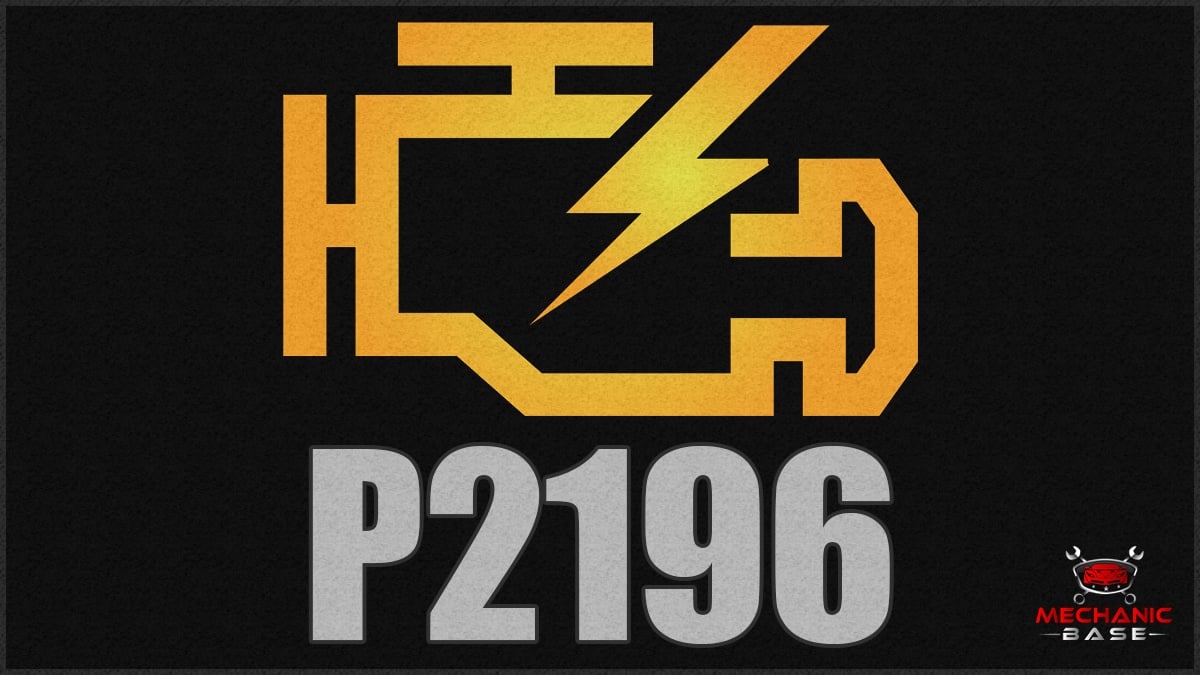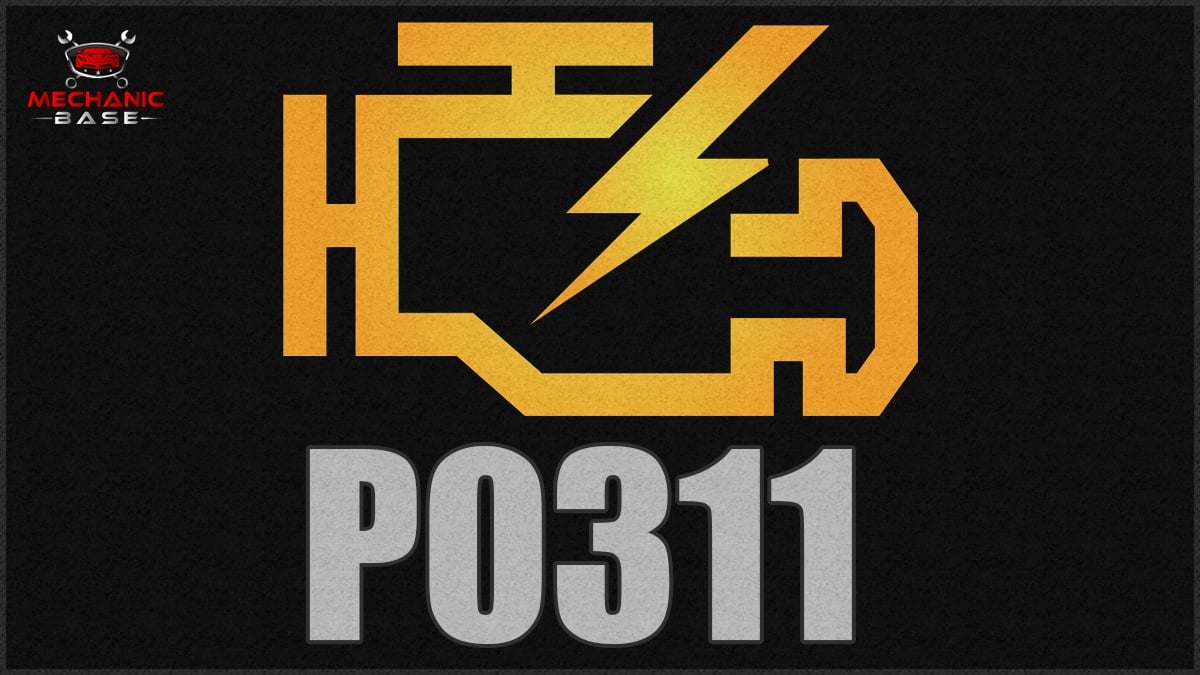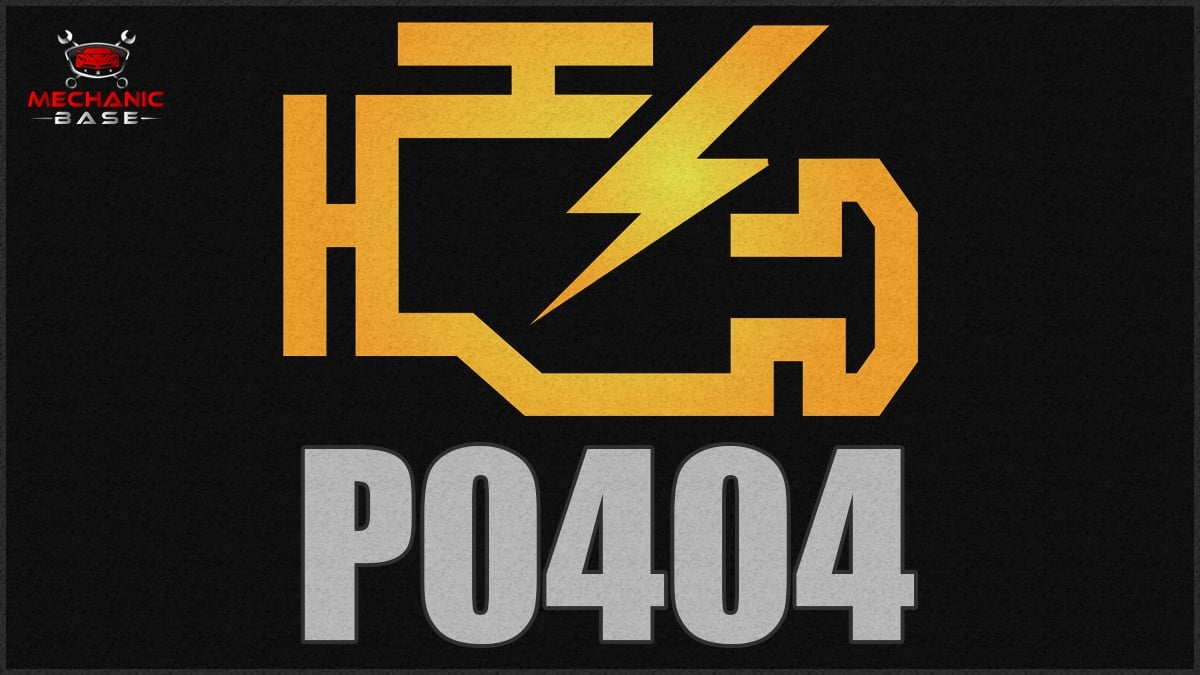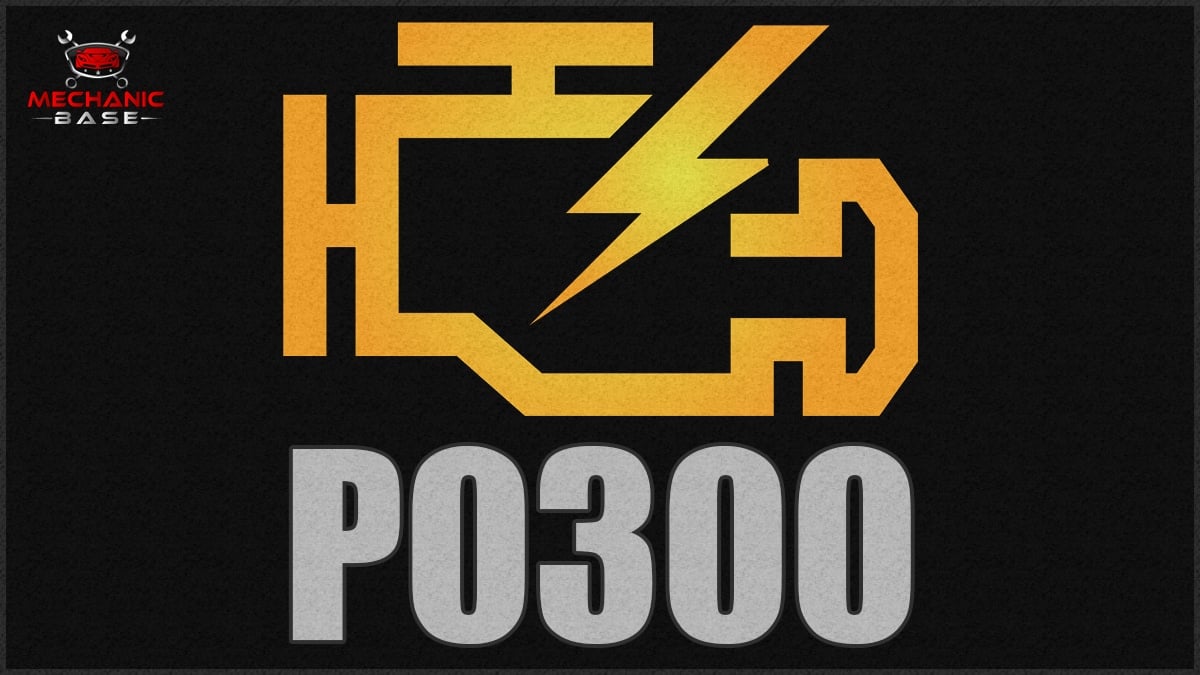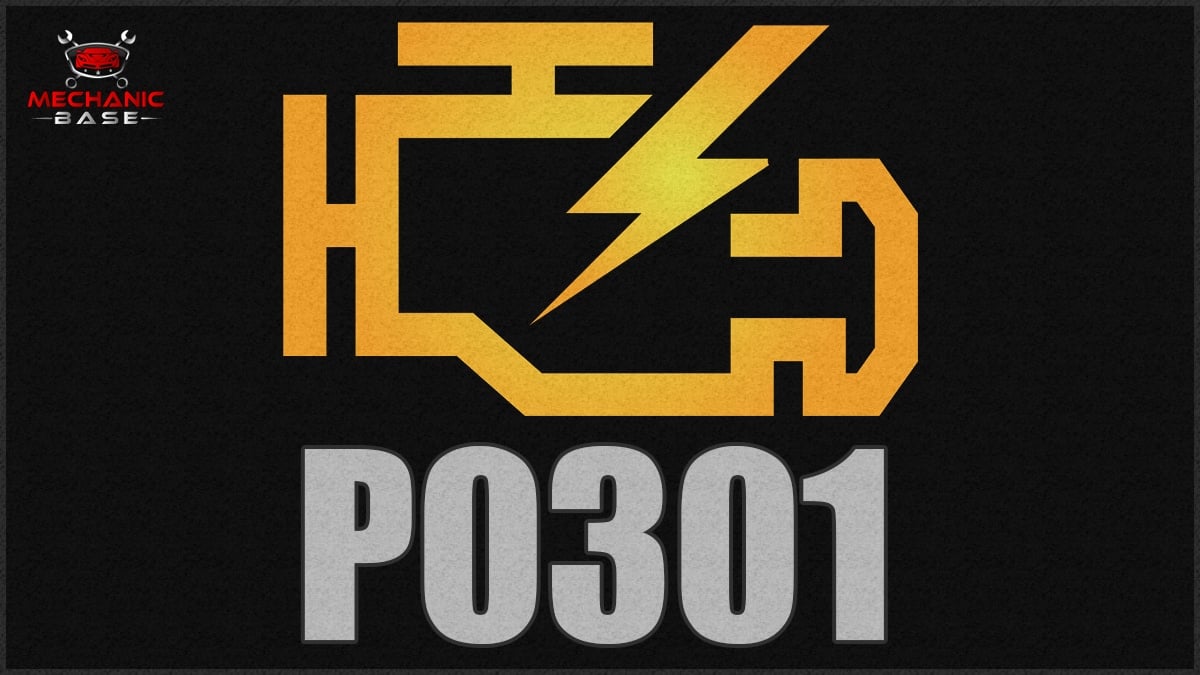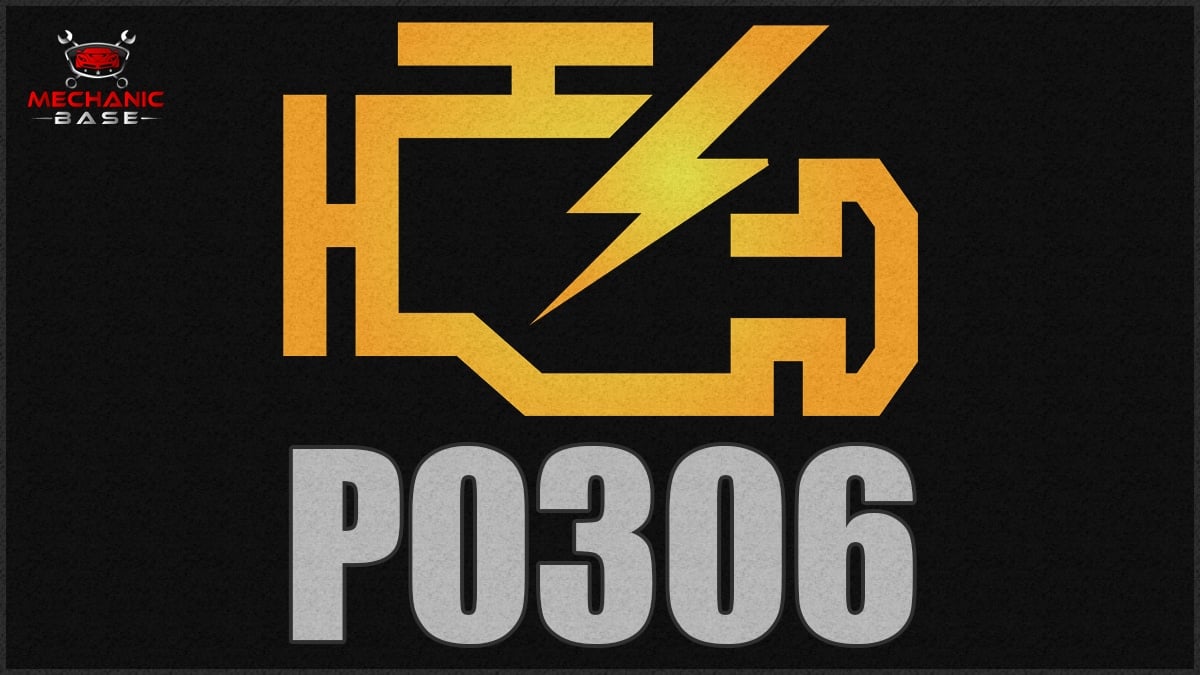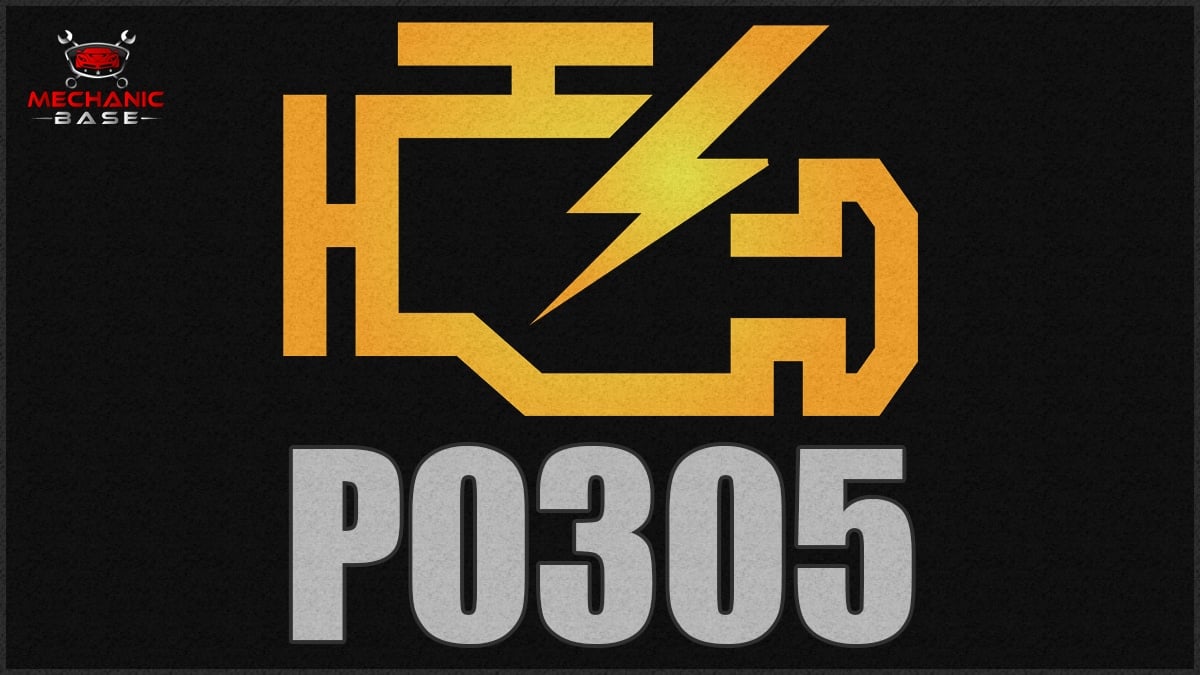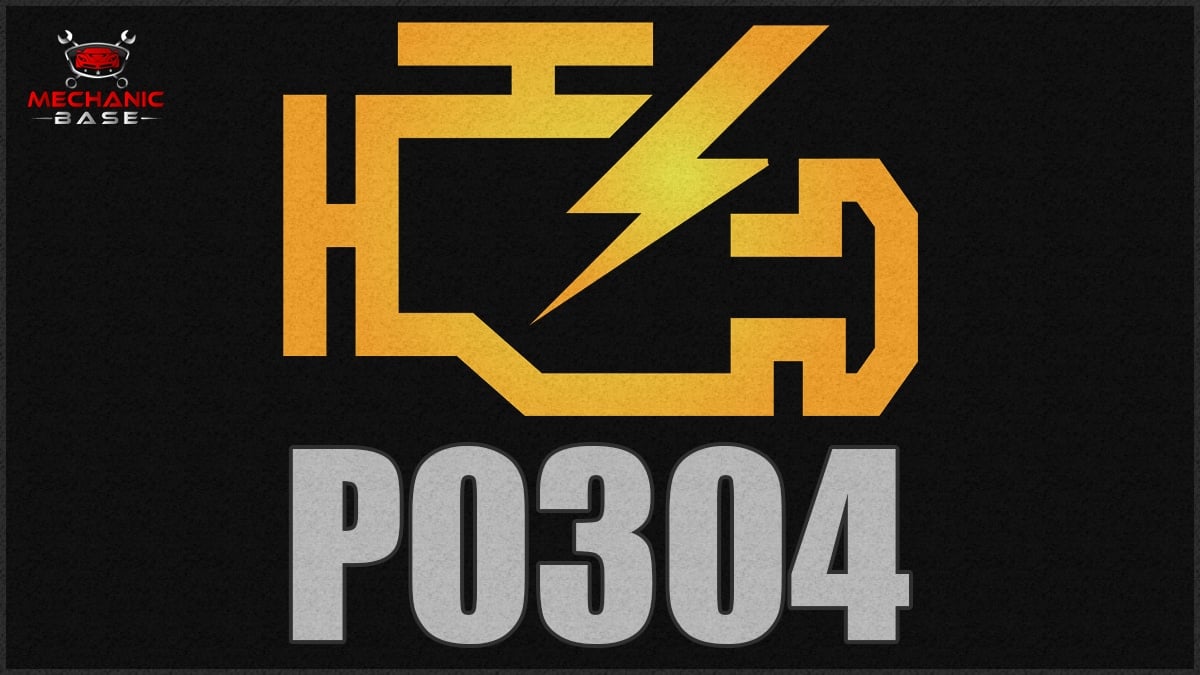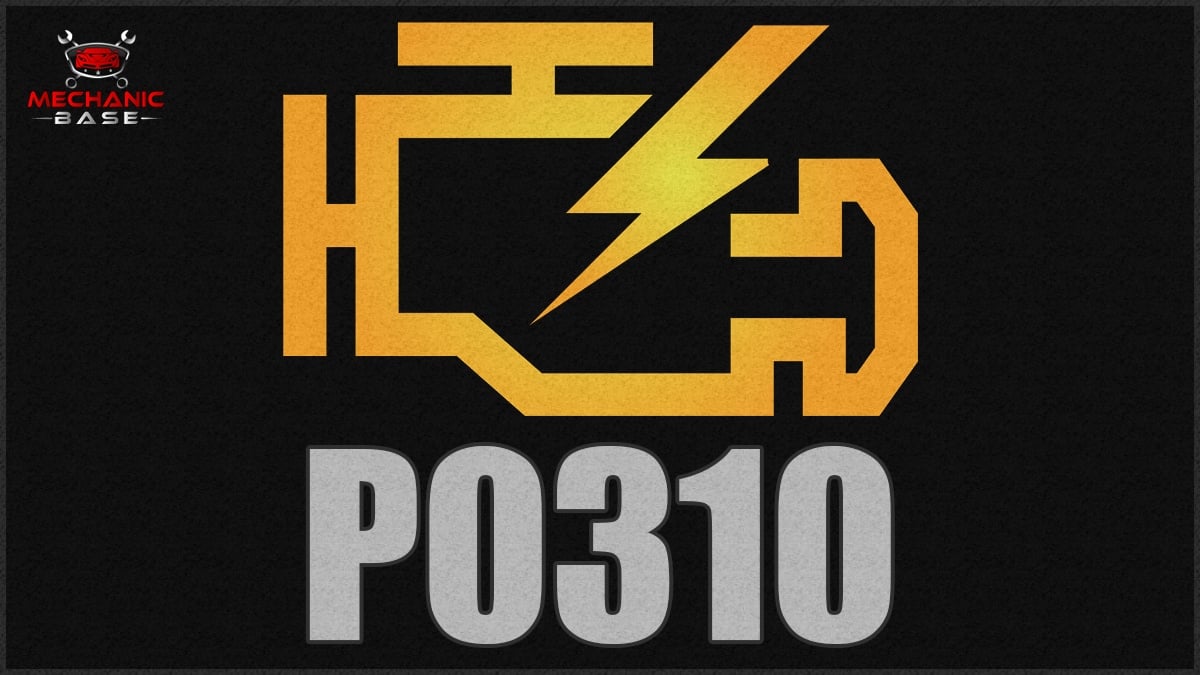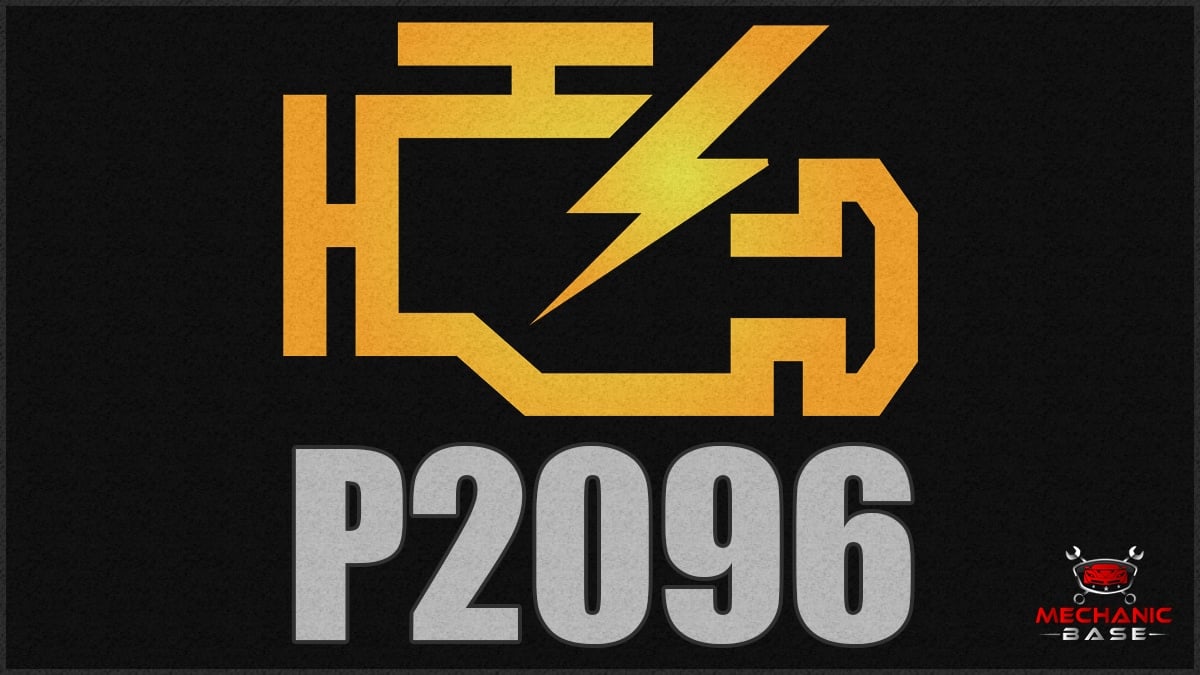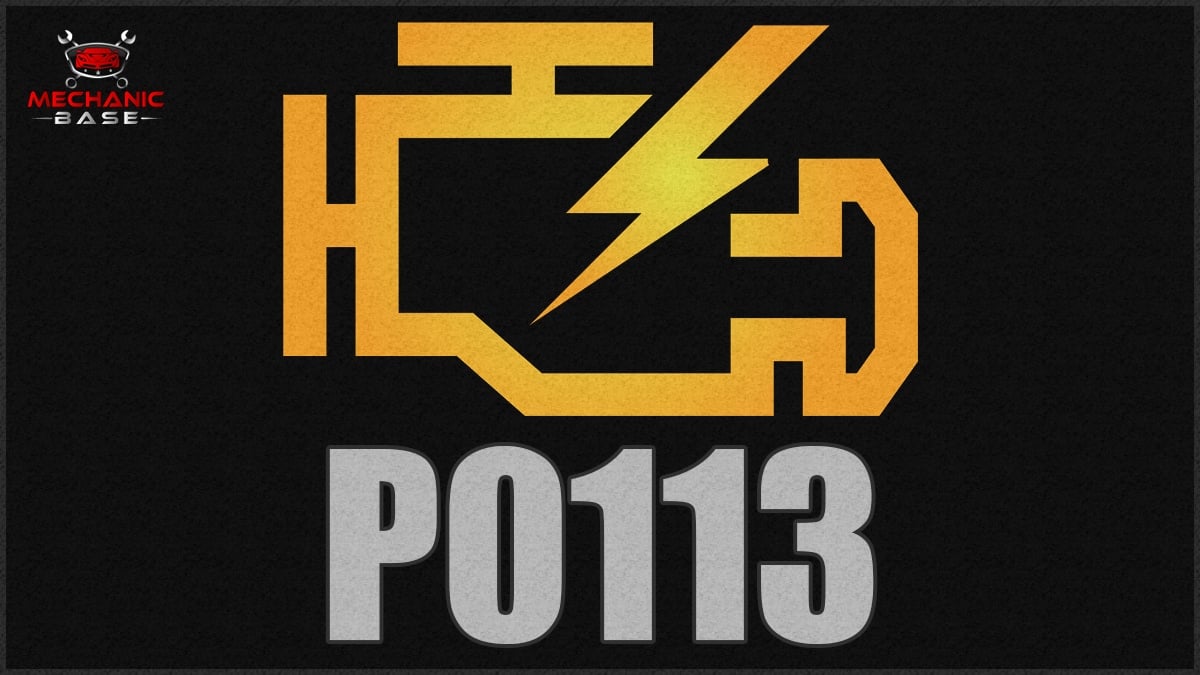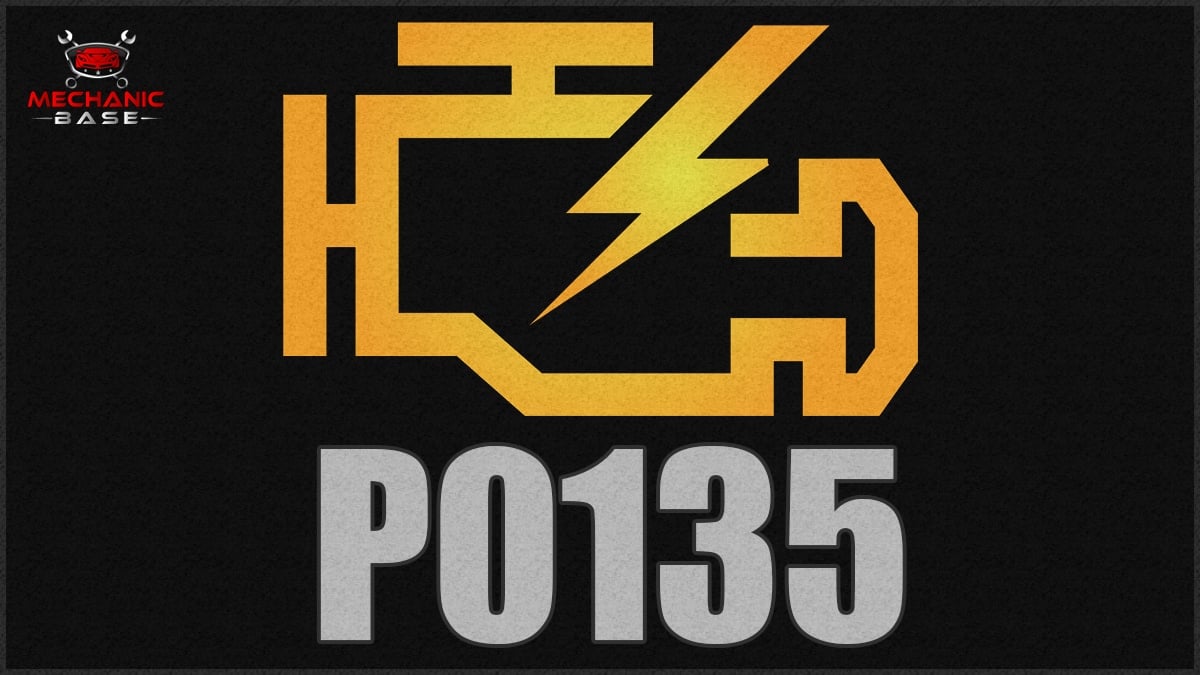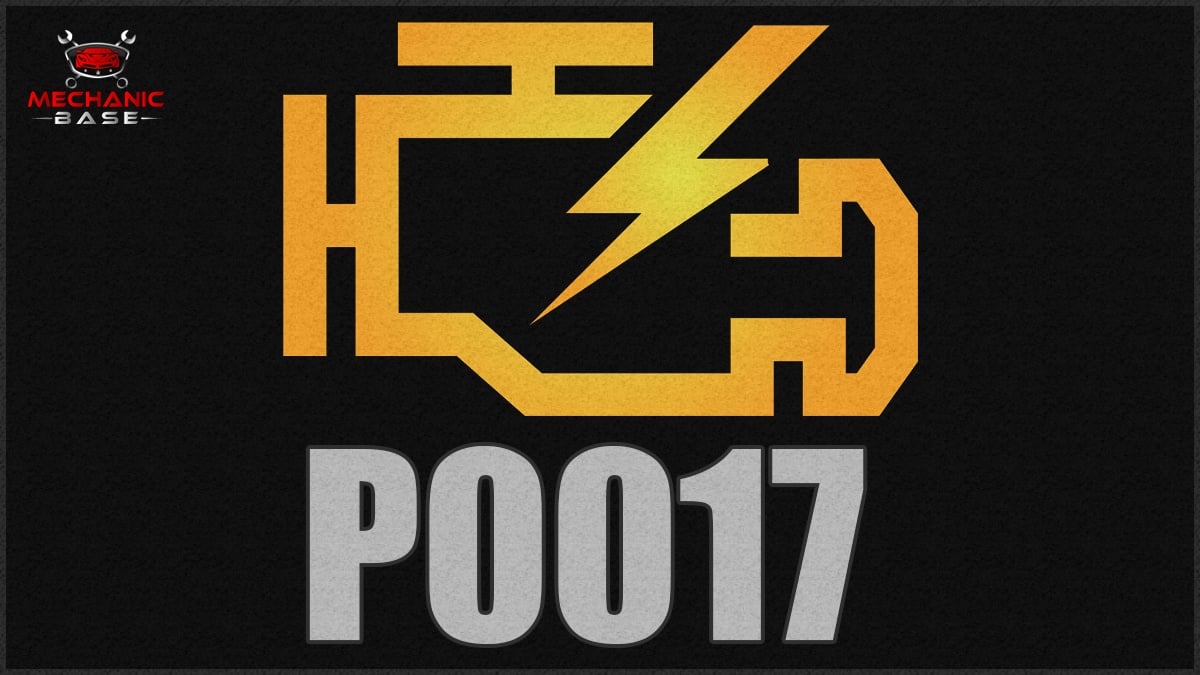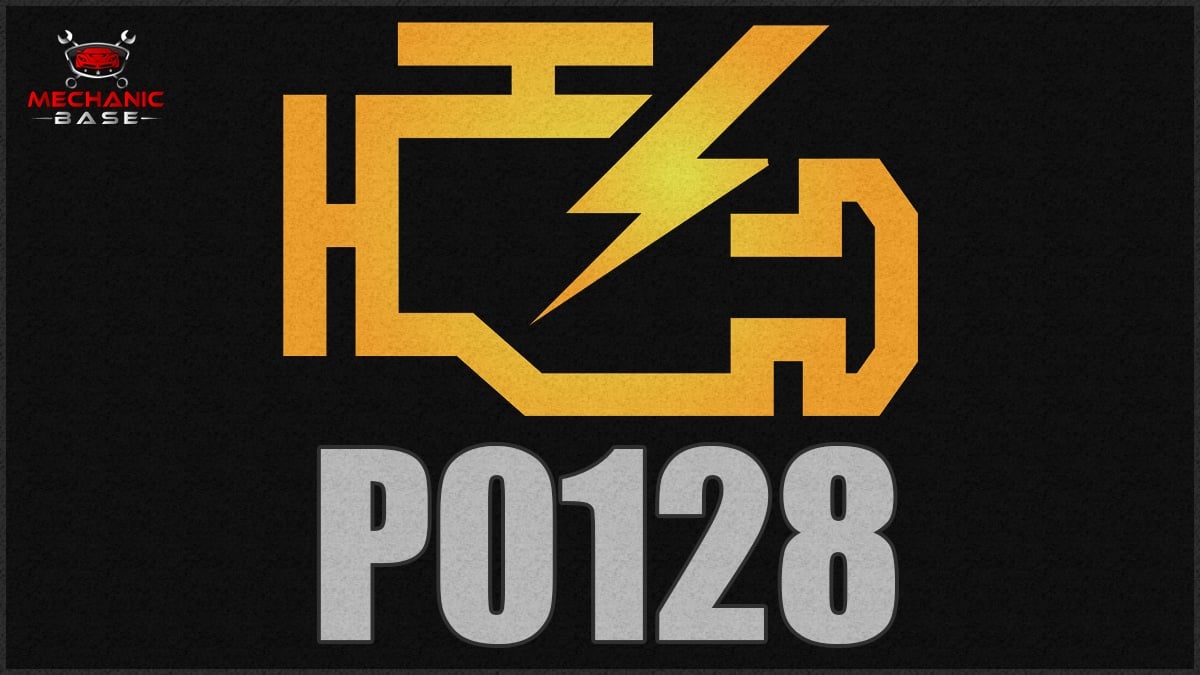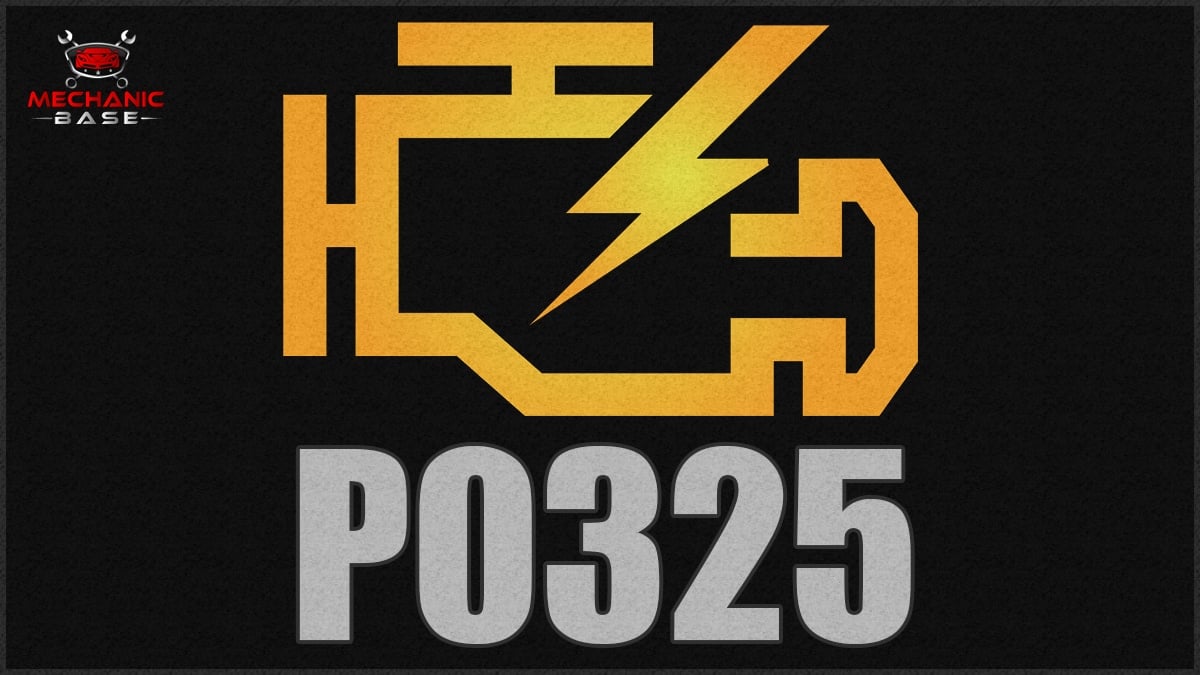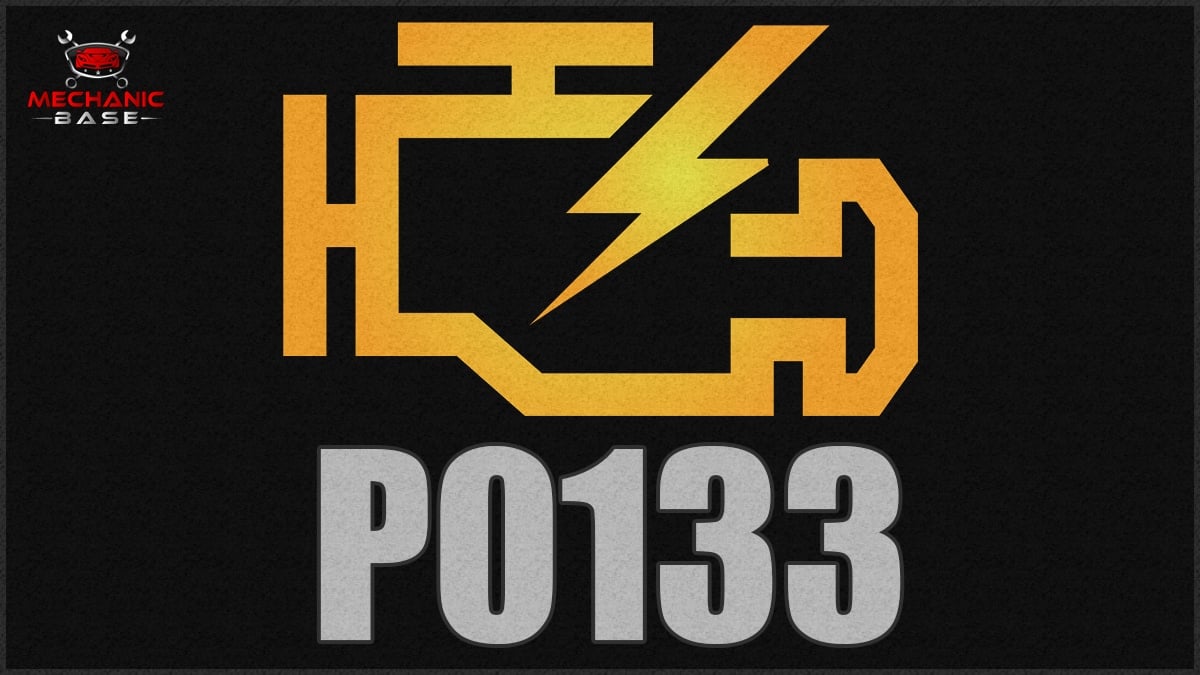The P2196 code indicates a rich-running fuel situation. However, figuring out what’s causing this condition can prove to be daunting if you aren’t sure what to look for.
That’s why we’ve put together the meaning of the P2196 trouble code, its top symptoms and most usual causes. We also look at the appropriate fixes for the P2196 DTC and give you some helpful advice. When you reach the end of our guide, we also have a few FAQs to consider.
Code P2196 Definition
P2196 – O2 A/F Sensor Signal Biased/Stuck Rich (Bank 1 Sensor 1)
What Does the P2196 Code Mean?
P2196 is a generic OBD-II powertrain code that applies to most makes and models. It means that the oxygen sensor prior to the catalytic converter is registering a rich air-fuel mixture. This imbalance is read by the ECM from Bank 1.
With Toyota vehicles, the code refers to the Air/Fuel (A/F) ratio sensors, which are a different version of the oxygen sensors. Either way, the ECM monitors the information coming from the sensors to adjust the air-fuel mixture. If the mixture becomes too rich (meaning there’s too much fuel in relation to the air), the P2196 code is set in the system.
This code relates to the sensor found between the engine and the catalytic converter. There’s usually another sensor behind the catalytic converter. Additionally, Bank 1 is found on the same side of the engine with cylinder #1.
What Are The Symptoms of P2196?
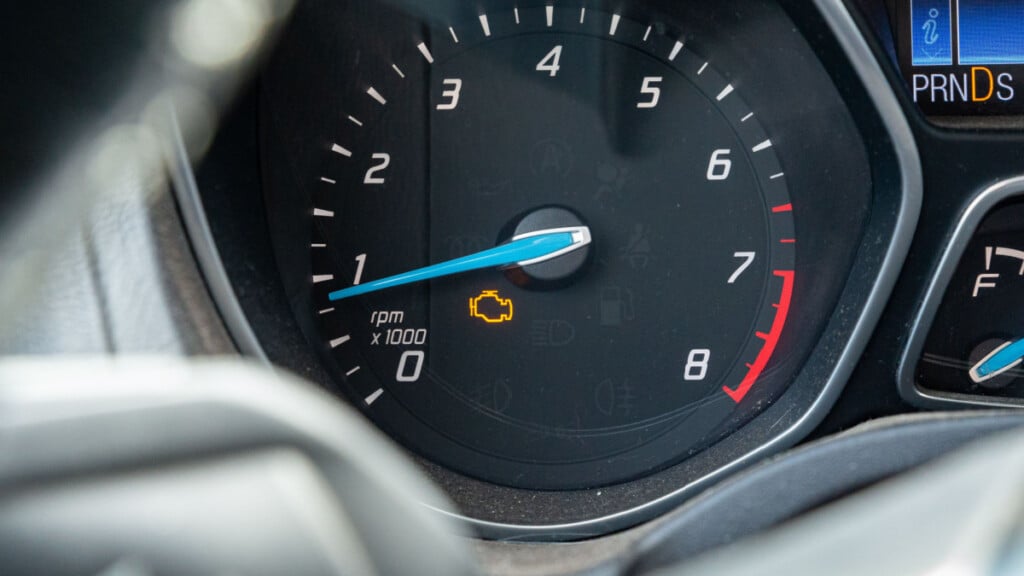
As professional mechanics, we almost always see performance issues with the P2196 trouble code because it has to do with an imbalance of air and fuel. However, there’s always the chance that a Check Engine Light will be all that you notice.
Here are some symptoms that are possible.
- Check Engine Light
- Lack of power/acceleration
- Engine misfire
- Erratic idle
- Excessive exhaust smoke
- Reduced fuel economy
What Are The Causes of P2196?
The only way to figure out what’s causing the P2196 code is to perform mechanical diagnostics on the system, which we outline below. However, we can provide you with some ideas about the top causes. Here are some to consider.
- Malfunctioning oxygen sensor
- Damaged wiring or connector
- Bad mass airflow (MAF) sensor
- Exhaust leak
- Vacuum leak
- Leaky fuel injector
- Defective fuel pressure regulator
- Bad ECM (rare)
How Serious is the P2196 Code?
Medium – If the vehicle isn’t running with a lot of performance issues, you may be tempted to overlook this trouble code. Yet, at any minute, the situation could change, especially with an imbalance of air and fuel in the system. You could end up with a broken-down car on a busy road. That’s one reason we always recommend repairing the fault as soon as you can.
Additionally, the longer you continue operating the vehicle with an air-fuel imbalance, the more damage you may face. Over time, the catalytic converter could fail or the valves may burn out, both of which can be costly to repair. Finally, you want to have that Check Engine Light reset so you know when there’s a real problem.
How Do I Fix the P2196 Code?
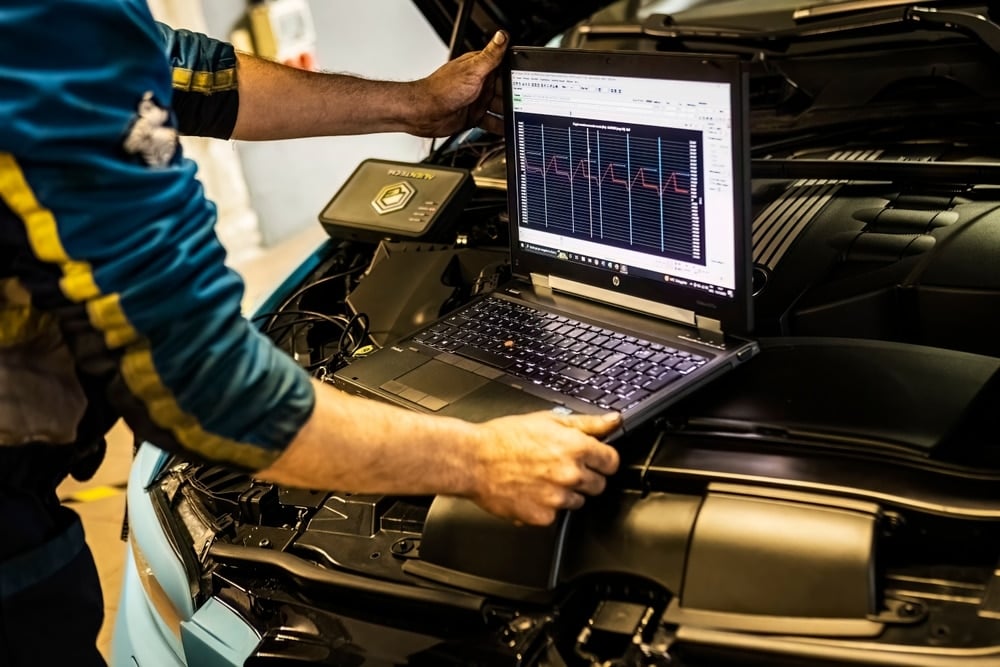
Once you run through the diagnostic steps, you’ll know what needs to be fixed. However, here is a list of the most common fixes for the P2196 code.
- Replace oxygen sensor
- Repair/replace wiring or connector
- Replace mass air flow (MAF) sensor
- Repair exhaust leak
- Repair vacuum leak
- Replace fuel injector
- Replace the fuel pressure regulator
- Update/replace ECM
Common P2196 Diagnosis Mistakes
In the majority of cases, this trouble code indicates something is wrong with the oxygen sensor. However, that’s not the only possible cause, so it’s important to take your time diagnosing the issue before making any repairs.
If you have a car with two banks, you can test out a theory that may work. Take the oxygen sensor from the good bank and put it where the fault lies. Clear the trouble codes and see if the P2196 is resolved. If so, you know that the oxygen sensor needs to be replaced.
If you do determine that the oxygen sensor may be to blame, it’s also important that you consider cleaning off the sensor. With how easy it is to clean an O2 sensor, you may be able to save some time and money.
How to Diagnose the P2196 Trouble Code
You don’t need to be a full-time mechanic to figure out what’s causing the P2196 trouble code. With a few simple tools and some basic knowledge, you can follow these steps.
- Get your car’s service manual for detailed instructions. If the steps in the manual differ from ours, you want to stick with the manufacturer’s recommendations.
- Check for trouble codes. It’s possible that there’s more than the P2196 set in the system. If so, you can use our online trouble code library to get a clearer picture of what’s happening.
- Visually inspect the wiring and connectors attached to the oxygen sensor. If you notice any damage or corrosion, repair it.
- Visually inspect the mass air flow sensor and connections. If you notice any damage, replace the sensor.
- Check for any vacuum or exhaust leaks. The directions for your car should be laid out in the service manual.
- Check fuel pressure to determine if there’s a leak or malfunction. If the pressure is too high, there could be an issue with an injector or the regulator.
- Replace the oxygen sensor found before the catalytic converter on Bank 1.
For problems larger than this, you may need help from an ASE-certified mechanic. Special tools are needed to update and replace ECMs, so you don’t want to attempt this fix on your own.
How Much Does It Cost To Fix Code P2196?
Once you know what’s wrong with the car, it’s time to budget for the repair. Here are some estimates to consider that factor in the cost of parts and labor. These estimates vary based on the make/model of your vehicle and local labor rates.
- Replace oxygen sensor: $75 to $450
- Repair/replace wiring or connector: $50 to $550
- Replace mass air flow (MAF) sensor: $75 to $350
- Repair exhaust leak: $50 to $350
- Repair vacuum leak: $75 to $375
- Replace fuel injector: $250 to $1,000
- Replace fuel pressure regulator: $150 to $450
- Update/replace ECM: $250 to $2,500
Of course, if you can do these repairs yourself, there’s a much lower cost you face.
A Mechanic’s Tips About The P2196 Code
You may notice other related trouble codes with your P2196 DTC. There could be codes that point to the MAF sensor, fuel pressure or other issues. That’s why it’s important to look at all of the codes before making a determination about the repair.
Here are just a few of the related DTCs you may see:
- P2195 – O2 Sensor Signal Stuck Lean- Bank 1 Sensor 1
- P2197 – O2 Sensor Signal Stuck Lean Bank 2 Sensor 1
- P2198 – O2 Sensor Signal Stuck Rich Bank 2 Sensor 1
What does the P2196 code mean?
This generic OBD-II powertrain code means that there’s an imbalance of air and fuel registered by the oxygen sensor located before the catalytic converter. This imbalance occurs on Bank 1, which is the side of the engine where cylinder #1 is located. While this code is set, the engine is running rich, meaning it has too much fuel in the mixture.
Is code P2196 serious?
While the P2196 code isn’t emergent, you don’t want to neglect the repair. There are usually performance issues that correspond with this trouble code, making it more difficult to drive your vehicle. Additionally, the rich-running mixture can lead to further damage to more costly parts, such as the catalytic converter.
Can I drive with a P2196 code?
If the vehicle remains drivable, you may choose to keep using it for a short time, but you should know that it could leave you stranded at any time. It’s our opinion that you should have the problem resolved as soon as you can to avoid a breakdown and further damage.
What causes an O2 sensor to be stuck rich?
Most of the time, the system reads rich because of a defective oxygen sensor, but it could also be caused by a fuel system malfunction or wiring issue. When the system runs rich, you will notice an erratic idle, delayed performance and increased fuel consumption.
With the P2196 code set in the system, you know it’s time to dive into some diagnostics and repair. You don’t want to continue having the car running rich because it’s going to lead to wear on other vital components. What may start out as a simple fix can easily turn into an expensive catalytic converter replacement.
If you aren’t sure how to deal with the P2196 DTC, speak to your local mechanic about what to do next. It’s better to spend a little money for a professional fix than to continue driving your car with this fault set.
Categories: OBD Codes, Troubleshooting
